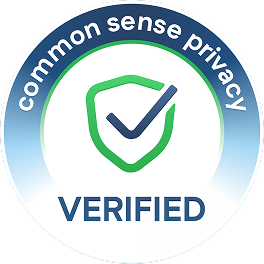Take a look inside 10 images
Flowlab
Pros: Students can tinker and tweak any game made with Flowlab to learn through deconstruction.
Cons: The flowchart-inspired programming quickly feels constraining and impenetrable.
Bottom Line: If downloading tools is difficult, this platform allows students to learn its logic and create games that others can truly play.
Teachers could use Flowlab as a starting point for teaching programming and game design. This would have to be heavily supported by additional materials, which currently the teacher would need to supply. Because it applies its own particular type of logic -- in the form of a flowchart-type system -- students will be learning a very specific way of approaching game design. Use this logic with off-screen flowcharts to make it more concrete.
Once kids have gotten the hang of it, have them collaborate or just create and share their games. Students can develop their own peer review system in order to serve the iteration process. The classroom account lets teachers keep track of student games, set permissions, and restrict sharing. The teacher portal also offers PDFs of a few lesson plans and an overall unit plan.
Flowlab is a game-making tool that's geared toward beginners, making it potentially perfect for upper elementary or middle school students. It doesn't require -- or even allow -- users to type in script or code. Instead, behaviors for game objects are created with a flowchart-style drag-and-drop interface. Users link statements, and the game engine interprets those structures in a linear fashion on the fly. The idea sounds cool, but for anything beyond the basics, the workspace ends up extremely convoluted and the flowchart system can sometimes make something normally trivial to code more difficult to accomplish.
It's helpful that it runs in a browser, making it easy to set up. Since it's web-based, students with access at home can continue working on their projects. Another potential boon is that any game made with Flowlab can be remixed, encouraging the development of a community of learners. The problem is that there's no good way to filter and sort through the games, most of which seem to be partially finished projects created by users who presumably just tried out the tool a few times, though the library does show how many people played and liked each game.
Though it has supports for students learning how to create a game using an interesting flowchart-like programming method, projects can get unwieldy fast. Tutorials for Flowlab are readily available, as are user guides and a set of example games to examine and deconstruct. The first tutorial is an easy intro to its interface and basic concepts.
The main problem is that complex games with many different objects make the flowchart visualization extremely cluttered and hard to keep track of. For simple things, however, the visuals definitely help in teaching about objects, attributes, and attached behaviors based on relationships with other objects. Flowlab especially shines in classrooms where downloading large tools is impossible and when game creation -- not coding itself -- is the goal.



















